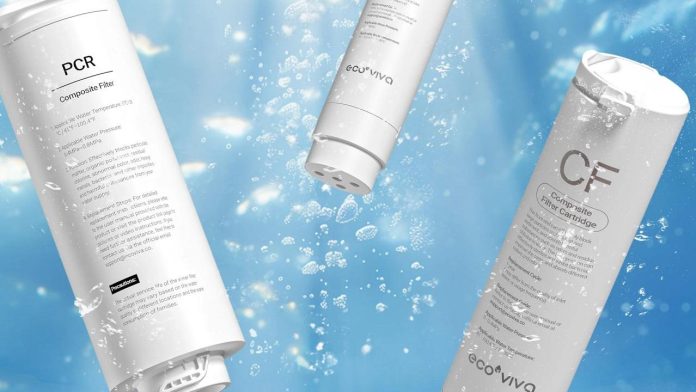Keeping up the sturdiness of your RO water purification system is primarily based on one critical factor: scheduled filter replacement. Regular reverse osmosis water filter replacement guarantees that your device continues to provide high-quality, contaminant-free water. In this guide, discover why replacing your reverse osmosis filters is crucial, the technique of replacement, and how EcoViva Filters can help you obtain the best water purity.
The Need to Update RO Water Filters
RO systems are constructed to cast off a wider spectrum of contaminants in your water, which includes heavy metals, chemical substances, and microorganisms. For a long time, the filters in your RO device confine these impurities, which may also lead to clogging and ultimately reduced performance. If the filters are not updated on time, the system’s performance declines and the quality of the water it produces falls off.
Key Reasons for Regular Filter Replacement
Maintaining Water Quality
As filters attain their capacity, they become less powerful at removing contaminants. Regular replacement guarantees that your water stays natural and safe for intake.
Prolonging System Life
Filters safeguard the fragile components of an RO system, inclusive of the membrane. By replacing filters regularly, you may reduce stress on the system and increase its longevity.
Preventing Contamination
Old filters can harbor different microorganisms, which may lead to potential infection of your water supply. Replacing filters frequently saves you this risk.
Understanding the Types of RO Filters
A reverse osmosis device typically consists of many types of filters, each serving a dedicated cause within the purification. Understanding these filters is prime to knowing when and how to update them.
Sediment Filters
Function: Sediment filters are the primary line of protection, putting off larger debris like sand, dust, and rust from the water. This protects the more sensitive filters and membrane downstream.
Replacement Need: Every 6-12 months, depending on water quality and usage.
Carbon Filters
Function: The carbon filter eliminates chlorine, chemical compounds, and other inert impurities that might affect the flavor and smell/odor of your feed water. They also protect the RO membrane from chlorine, which might damage it.
Replacement Need: Every 6-12 months, depending on water conditions and usage.
RO Membrane
Function: The RO membrane is the primary component of the system, clearing out the smallest contaminants, which include heavy metals, nitrates, or even microorganisms.
Replacement Need: Every 2-3 years, though this can also be varied based on water quality and usage.
Post-Carbon Filters
Function: These filters “polish” the water after it has passed through the RO membrane, ensuring the highest quality taste before it reaches your tap.
Replacement Need: 6-12 months, depending upon water quality and consumption.
How to Replace Your RO Filters
Replacement of RO filters is a plain process, but it must be carried out adeptly to ensure the system’s performance.
Step 1: Prepare for Replacement
Before you begin, ensure you’ve got all of the important tools and the proper replacing filters. Turn off the water supply to the system and release any pressure with commencing the RO faucet.
Step 2: Replace the Pre-Filters (Sediment and Carbon Filters)
- Locate the pre-filter housings and use a wrench to loosen them.
- Remove the old filters and dispose of them.
- Insert the new filters into the housings, ensuring a secure fit.
- Reattach the housings and check for leaks.
Step 3: Replace the RO Membrane
- Locate the membrane housing, usually positioned horizontally in the system.
- Remove the old membrane using pliers if necessary.
- Insert the new membrane, ensuring it is properly seated.
- Reassemble the housing and test for leaks.
Step 4: Replace the Post-Carbon Filter
- Locate the post-filter housing and remove the old filter.
- Install the new filter, ensuring a tight seal.
- Reassemble the housing and run water through the system to flush out any air or loose particles.
Post-Replacement Maintenance Tips
After replacing your filters, perform a few checks to ensure everything is functioning correctly.
- Run the system and check all connections for leaks. Tighten any fittings as required.
- Allow water to flow through the device for a few minutes to put off any air bubbles or free particles from the new filters.
- Test the quality of the water periodically to make certain the device is performing as expected. This will even help you decide the most appropriate replacement schedule for your filters.
Conclusion
Regular reverse osmosis filter replacement is crucial for keeping the purity and protection of your water. By knowing about the types of filters on your system and following the best replacement methods, you can make sure your RO machine maintains to perform at its best. Choose EcoViva replacement filters for reliable, high-quality performance that keeps your water pure and your system running smoothly.














